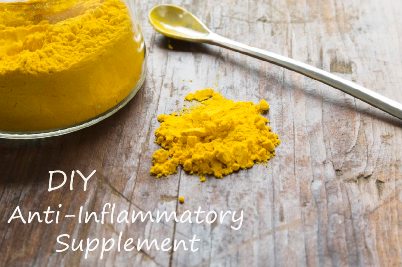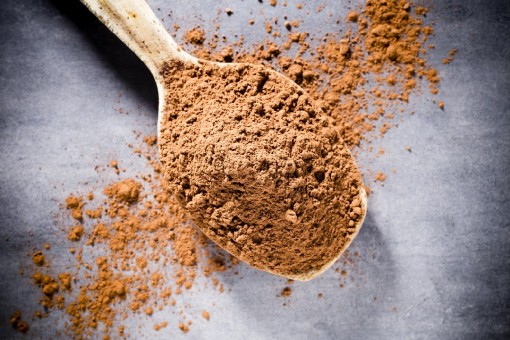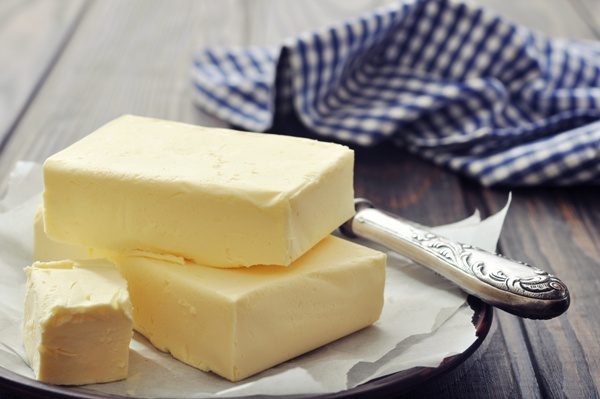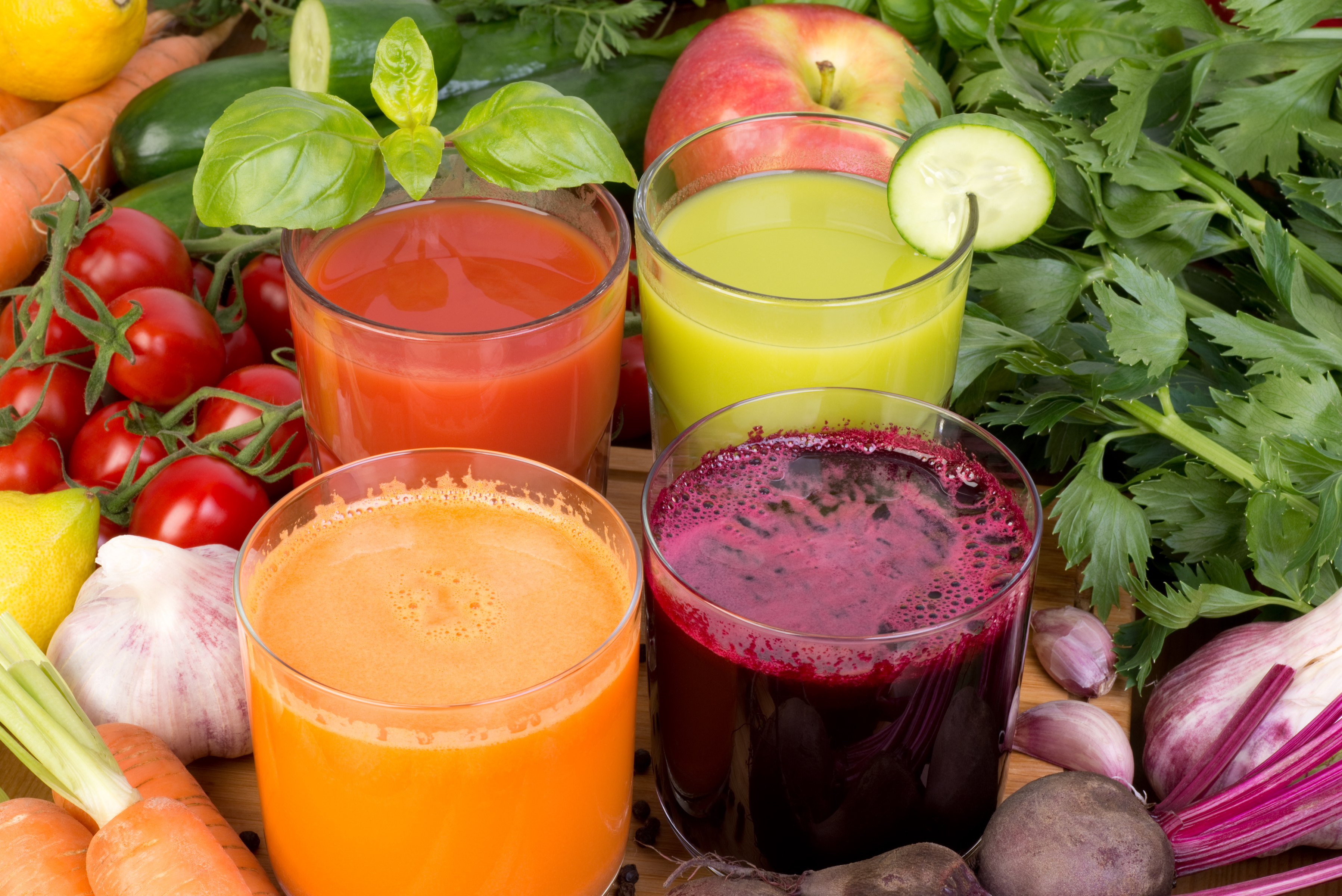Are you aware of the many anti-inflammatory properties found in turmeric?
I listed the properties in a previous article in a recipe for turmeric milk. There are over 7,800 studies done on the benefits of turmeric! Reviewing these studies, ethnobotanist James Duke concluded that turmeric appears to outperform many pharmaceuticals in its effects against several chronic, debilitating diseases, and does so with virtually no adverse side effects (source).
I love to add turmeric to soups and other dishes but I don’t add it as often as I would like and I don’t use a large enough amount to reap all of its benefits. I had a little issue with a back spasm this week and immediately made an appointment with my chiropractor, Dr. Coy Roskosky, because he has a track record for always taking my pain away.
During my appointment he reminded me to increase my anti-inflammatory foods. In need of acute inflammation help, I was very close to gulping down a spoonful of turmeric but quickly changed my mind after gagging at the thought of it. That’s when I created these turmeric balls- they are quick, convenient and delicious! (I mean not as delicious as raw cacao brownies, but I definitely licked the bowel when I was done). These little turmeric balls not only taste great, but they contain other ingredients that work synergistically with the anti-inflammatory properties of turmeric.
Read More.png?width=305&height=132&name=NIHAlogoBLUE_3_transparent%20(2).png)










